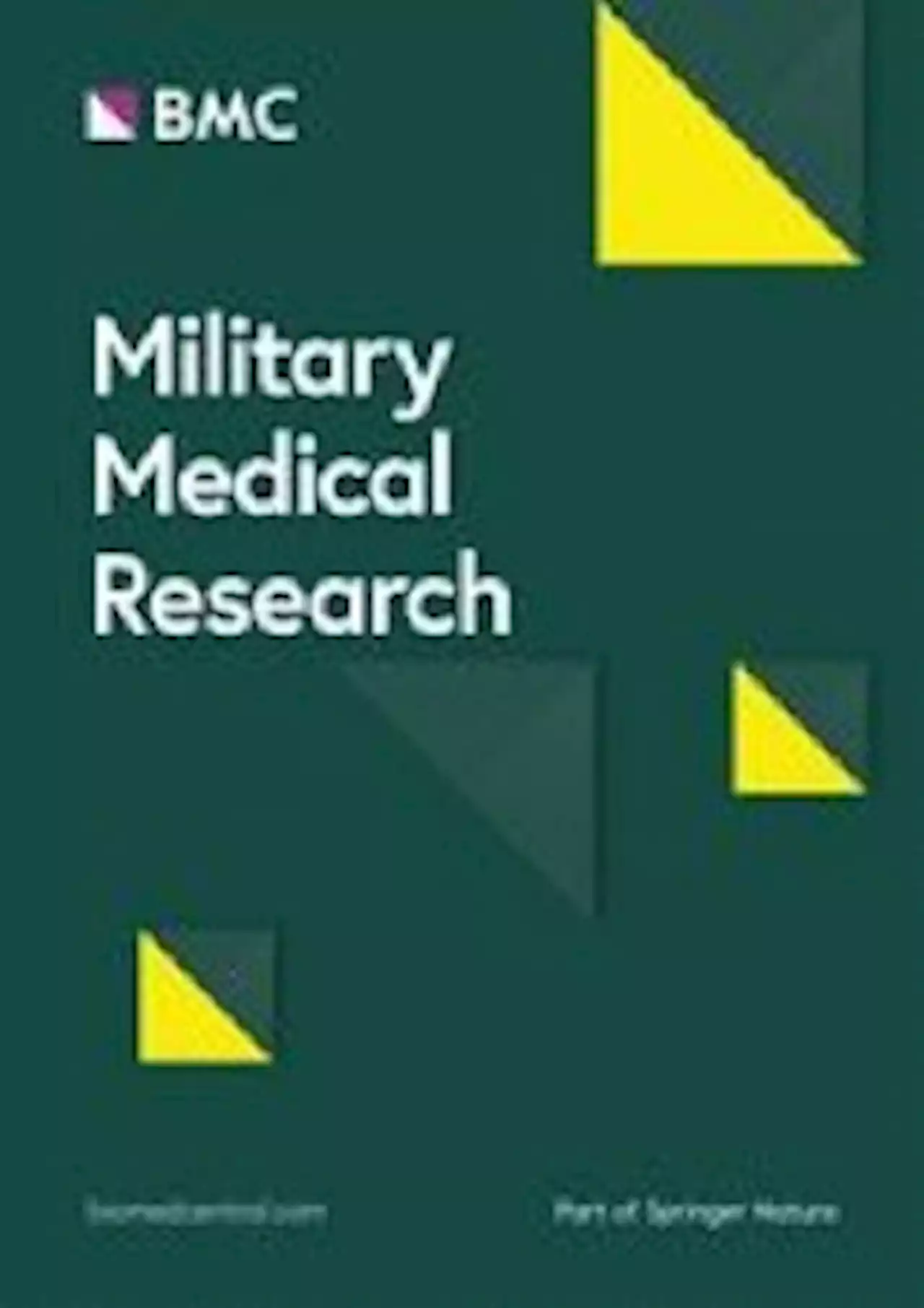What’s the real difference between conventional treadmills and curved treadmills?
Curved, non-motorized, treadmills are a bit different. They don’t use an internal motor to get going: instead, you place one foot at the top of the curve and start walking or running. The belt, which usually sits on top of internal flywheels or ball bearings, slides backward with a speed and force based on your stride.
Curved treadmills are usually more expensive. They don’t use cheap-to-manufacture parts like budget motors, which are very common. Name-brand treadmills such as the Woodway Curve or NOHRD Sprintbok can run you more than even some of the most expensive conventional treadmills. It's important to note that these don’t fold up, so if space as well as money is an issue, you’re much better off with a cheaper motorized folding treadmill.
are associated with higher cardiometabolic demands than motorized treadmills. In short, people tend to work harder on a curved treadmill because they have to keep it moving using their own power. On the other hand, the advantage of conventional treadmills lie in all those granular settings. Training for a course with lots of hills? Tweak the incline to the desired settings. Your Peloton instructor wants you to turn the speed of your treadmill up to a certain setting? You can do that. Need to train at your desired 'race pace'? Simply set the treadmill to the right pace, and get your body used to moving at the speed it needs to go on the big day.
Belgique Dernières Nouvelles, Belgique Actualités
Similar News:Vous pouvez également lire des articles d'actualité similaires à celui-ci que nous avons collectés auprès d'autres sources d'information.
 Prediction of treatment response to antipsychotic drugs for precision medicine approach to schizophrenia: randomized trials and multiomics analysis - Military Medical ResearchBackground Choosing the appropriate antipsychotic drug (APD) treatment for patients with schizophrenia (SCZ) can be challenging, as the treatment response to APD is highly variable and difficult to predict due to the lack of effective biomarkers. Previous studies have indicated the association between treatment response and genetic and epigenetic factors, but no effective biomarkers have been identified. Hence, further research is imperative to enhance precision medicine in SCZ treatment. Methods Participants with SCZ were recruited from two randomized trials. The discovery cohort was recruited from the CAPOC trial (n = 2307) involved 6 weeks of treatment and equally randomized the participants to the Olanzapine, Risperidone, Quetiapine, Aripiprazole, Ziprasidone, and Haloperidol/Perphenazine (subsequently equally assigned to one or the other) groups. The external validation cohort was recruited from the CAPEC trial (n = 1379), which involved 8 weeks of treatment and equally randomized the participants to the Olanzapine, Risperidone, and Aripiprazole groups. Additionally, healthy controls (n = 275) from the local community were utilized as a genetic/epigenetic reference. The genetic and epigenetic (DNA methylation) risks of SCZ were assessed using the polygenic risk score (PRS) and polymethylation score, respectively. The study also examined the genetic-epigenetic interactions with treatment response through differential methylation analysis, methylation quantitative trait loci, colocalization, and promoter-anchored chromatin interaction. Machine learning was used to develop a prediction model for treatment response, which was evaluated for accuracy and clinical benefit using the area under curve (AUC) for classification, R2 for regression, and decision curve analysis. Results Six risk genes for SCZ (LINC01795, DDHD2, SBNO1, KCNG2, SEMA7A, and RUFY1) involved in cortical morphology were identified as having a genetic-epigenetic interaction associated with treatment
Prediction of treatment response to antipsychotic drugs for precision medicine approach to schizophrenia: randomized trials and multiomics analysis - Military Medical ResearchBackground Choosing the appropriate antipsychotic drug (APD) treatment for patients with schizophrenia (SCZ) can be challenging, as the treatment response to APD is highly variable and difficult to predict due to the lack of effective biomarkers. Previous studies have indicated the association between treatment response and genetic and epigenetic factors, but no effective biomarkers have been identified. Hence, further research is imperative to enhance precision medicine in SCZ treatment. Methods Participants with SCZ were recruited from two randomized trials. The discovery cohort was recruited from the CAPOC trial (n = 2307) involved 6 weeks of treatment and equally randomized the participants to the Olanzapine, Risperidone, Quetiapine, Aripiprazole, Ziprasidone, and Haloperidol/Perphenazine (subsequently equally assigned to one or the other) groups. The external validation cohort was recruited from the CAPEC trial (n = 1379), which involved 8 weeks of treatment and equally randomized the participants to the Olanzapine, Risperidone, and Aripiprazole groups. Additionally, healthy controls (n = 275) from the local community were utilized as a genetic/epigenetic reference. The genetic and epigenetic (DNA methylation) risks of SCZ were assessed using the polygenic risk score (PRS) and polymethylation score, respectively. The study also examined the genetic-epigenetic interactions with treatment response through differential methylation analysis, methylation quantitative trait loci, colocalization, and promoter-anchored chromatin interaction. Machine learning was used to develop a prediction model for treatment response, which was evaluated for accuracy and clinical benefit using the area under curve (AUC) for classification, R2 for regression, and decision curve analysis. Results Six risk genes for SCZ (LINC01795, DDHD2, SBNO1, KCNG2, SEMA7A, and RUFY1) involved in cortical morphology were identified as having a genetic-epigenetic interaction associated with treatment
Lire la suite »
 Mechanism of small molecule inhibition of Plasmodium falciparum myosin A informs antimalarial drug design - Nature CommunicationsMyosin A (PfMyoA) is essential for the pathogenesis of Plasmodium falciparum, the causative agent of malaria. Here we decipher the mechanism by which a small molecule inhibitor (KNX-002) of PfMyoA impedes its motor activity.
Mechanism of small molecule inhibition of Plasmodium falciparum myosin A informs antimalarial drug design - Nature CommunicationsMyosin A (PfMyoA) is essential for the pathogenesis of Plasmodium falciparum, the causative agent of malaria. Here we decipher the mechanism by which a small molecule inhibitor (KNX-002) of PfMyoA impedes its motor activity.
Lire la suite »
